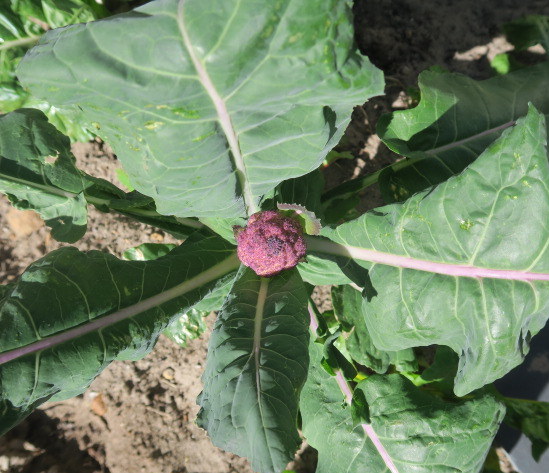This week, I was asked to speak briefly to the residents in the retirement village in which I find myself renting (it's a long story), and it was humbling to be reminded that even within the middle classes, one-size-does-not-fit-all in water-tip terms. Some of the water-wise ways I advocate take a degree of physical strength and flexibility we can't take for granted, especially not in older bodies. A physiotherapist I saw commented not just on "bucket back" (here's a brilliant blog by a water warrior laid low by this very phenomenon), but the rash of shoulder and arm injuries she is seeing in the elderly who are hoisting water containers around.
It's not much of a win if your water-saving habits cause you physical pain and injury. I blithely advocate that those unused to heaving buckets talk to a yoga teacher or athlete or physio about how to protect their bodies from injury when lifting anything heavy. However, years of Pilates have taught me that it's not enough just to suck in the tummy and bend the knees when lifting (although this certainly helps); regular work on core physical strength is necessary for maximum protection. (There's an opportunity for a win-win here: strengthen your body and your water-resilience at the same time. There are exercise routines that can be practiced and adapted for any age.)
So the most helpful tip: don't lift anything heavy. If you're not in the first flush of youth, or have a pre-existing injury or condition, physios recommend not lifting anything heavier than a 5-litre container of water. Forget those 25-litre containers. If you're collecting from a spring (and I see a lot of older folk doing this), take along a husky grandkid to do the heavy lifting.
In your home, if you have to move water around, make lots of little journeys. And instead of lugging one full bucket, rather pick up two half-full buckets, so that your body is balanced. Also finagle your water routines so that you're not hefting brimming buckets the whole time. For instance, instead of pouring buckets of grey water down the toilet, fill up your cistern a jugful at a time. (This also makes for a more effective flush.) I've discovered that watering-cans are great for filling toilet cisterns, and there's much less chance of splashing grey water around. (For maximum protection when handling grey water, wear rubber gloves.)
I'd nix my cooler-box "washing machine", too: if you have a washing-machine, rather use the soak and rinse-cycle system: pre-treat stains, soak laundry in a little warm water and low-foam detergent and then put into your machine and turn the dial to the rinse cycle. And it bears repeating, wipe and scrape plates (don't rinse) before putting them in the dishwasher, and run it only when it's packed to the gills.
When it comes to the shower, older people should NOT be stumbling around surrounded by buckets, and should be especially cautious about wet and slippery surfaces. Rather use a wide, shallow flat-bottomed container to catch shower water, and cover the bottom with non-slip mats. Or sit on a plastic chair in the shower and use the pressure-sprayer method described here for a nice, leisurely warm wash that uses remarkably little water.
What you can change, however, is your entertaining and eating habits. Keep up the cups of tea: the elderly are more at risk of dehydration. Continue to have people round, but try potlucks, eat out of containers with your fingers, and toss away your inhibitions about paper plates, napkins and compostable cups. My parents, in their eighties, have taken to religiously re-using crockery and utensils: glasses and plates used for toast, biscuits, etc, are the main target, and they've got the dishwasher down to a weekly run.
It also occurred to me that because I have so much harvested water in my home, I can be quite extravagant with it. If you live in a retirement village, however, especially one of those that did not see Watergeddon coming or prepare for it, you are likely to be dependent on municipal water, which can cause great anxiety. Try to get a little "off-grid" water in, even if this is just 5 litres from a spring, or basins under your downpipes. If you have a neighbour or family member who regularly harvests water, give them a few 5-litre containers and ask if they would mind collecting for you as well. It's a most satisfying experience washing up or creating a hand-wash station or doing the laundry with "off-grid" water. I boil harvested water for heating (you can use the kettle for any water that is visibly clean), or you can order a small electric bucket or tea urn online and stand it next to your sink for washing up. Note that if you get sufficiently independent, you can switch off your geyser for the duration, which will have a dramatically lowering effect on your electricity consumption, even if (to my surprise) you have a solar geyser.
Finally -- and this is for everyone to watch and enjoy -- the delightful Suzelle has created this water-saving video full of wonderful "water recipes" (for hand sanitiser, wet wipes, hand wash and more) that makes this whole adventure seem like fun.















